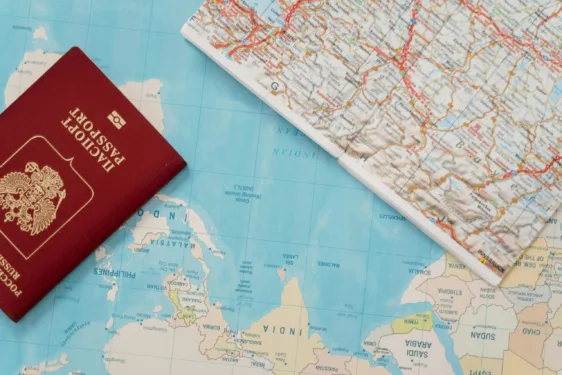
Traveling with a disability isn’t just a trip — it’s a statement. It’s a declaration that people with disabilities deserve to move through the world like anyone else, even when the world doesn’t always make room for them. For many, packing a suitcase means more than clothes and a passport. It means mobility aids, medications, medical documents, contingency plans, and a deep breath before stepping into a world that isn’t always built with them in mind.
Let’s be honest — accessibility is still inconsistent at best and nonexistent at worst. There have been times that people with disability have reached “accessible” hotel rooms only to find stairs at the entrance. They’ve had to argue with airline staff about keeping their wheelchairs intact, or sat in discomfort because airplane bathrooms weren’t designed for bodies like theirs. Sometimes, they’ve had to skip entire destinations because they couldn’t find reliable transport or places to accommodate their needs. It’s exhausting — emotionally, physically, mentally. But they still go. They still travel because they refuse to let inaccessibility define the borders of their lives.
Every trip they take comes with planning — endless, meticulous planning. They read reviews not just for the vibe, but to find out if ramps, elevators, captions, sensory-friendly options, or rest stops exist. They scan Google Maps in street view, email hosts directly, and carry backups for everything. We know that spontaneity is a luxury often not afforded to those that have a certain kind of disability. Still, they go. We adapt. They learn to ask the hard questions, to advocate, and sometimes to fight — all for the simple right to be included.
Traveling while disabled can also be deeply isolating. Not just physically — though that happens — but emotionally. People stare. They assume. They either over-help or ignore us completely. Tour guides speak over them, service providers talk to their companions instead of them, and sometimes the looks they get remind them that society still struggles to see them as capable, adventurous, independent. But guess what? They still are capable of climbing mountains — sometimes literally, sometimes metaphorically. They dive into cultures, explore ruins, taste new foods, and sit quietly by foreign seas just like anyone else. Their experience might look different, but it’s just as valid. Just as real. Just as transformative.
And here’s the thing most people don’t see: they’re not just surviving their travels. Many of them are thriving in them. They’re connecting with other disabled travelers who share their hacks and honest reviews. They’re finding joy in small wins — like finding a ramp where we didn’t expect one, or a restaurant that goes out of its way to include us. They’re reshaping what it means to be a traveler with disability. They’re showing up and taking space, even when that space wasn’t made with them in mind.
This isn’t a call for pity. It’s a call for equity, for visibility, for change. Accessibility isn’t about luxury or special treatment — it’s about human rights. It’s about freedom, dignity, and the power to live fully. So if you’re reading this as a traveler with a disability: you are seen. Your journey is important. Keep going, even if the path is rocky.
And if you’re someone on the other side — an ally, a travel provider, a curious reader — remember this: the world becomes better not when we pity each other, but when we include each other. When ramps are the norm, when elevators are reliable, when captions and clear signage exist everywhere, when staff are trained, and when asking about access isn’t met with blank stares. That’s when true travel freedom begins.
Until then, we all keep moving. Because this world belongs to all of us.
Post Disclaimer
Utilizing my own personal experiences as well as my background as a Registered Nurse, I share my enthusiasm for travel and health on this blog. Though I love what I do and sometimes talk about tactics for modest health improvement, keep in mind that the material provided might not be exact. The material herein is just for self-improvement. The content shared draws on my own experiences, thoughts, and stories. With this in mind, readers should consult their healthcare providers about any concerns they may experience.
Since each person has a different health path, what helps one person may not help another. Readers should consult their personal healthcare providers for personalized guidance based on their individual needs and circumstances. Rather than replacing the professional, my goal here is to inspire, enlighten, and start conversations that improve and make life more fulfilling relations between you and your medical staff.